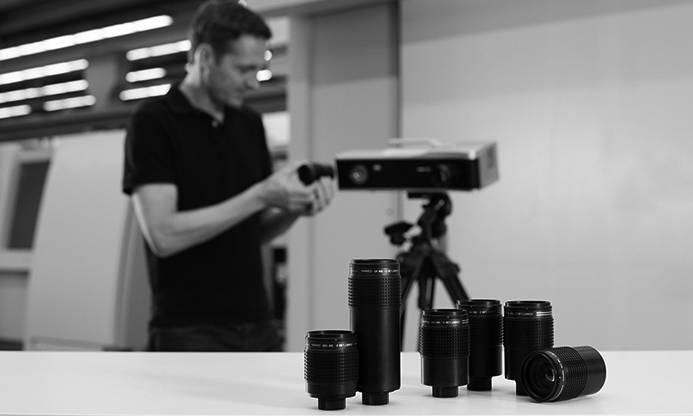
by Central Scanning | Feb 21, 2022 | Hardware, Tips and Advice
Summary. Considering to buy a 3D scanner? Match your needs to the right equipment. 3D scanners offer applications like prototyping, site mapping, and reverse engineering. Weigh options between buying and renting based on frequency of use and budget. Ensure proper...
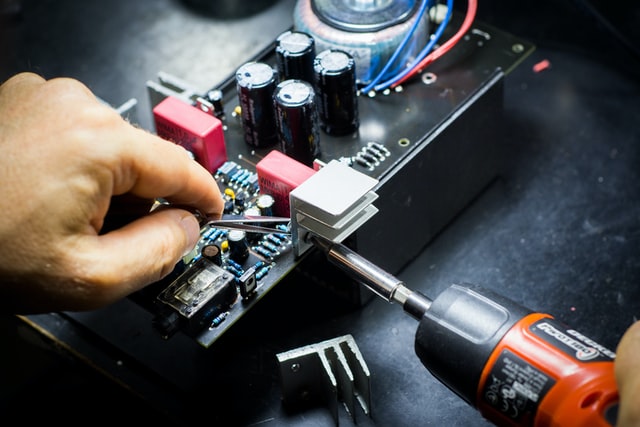
by Central Scanning | Feb 8, 2022 | Tips and Advice
Summary. Reverse engineering with a 3D scanner uncovers design specifications from finished objects. Essential for duplicating legacy parts or analysing competitors’ products, it provides accurate data for manufacturing and speeds up the development process....
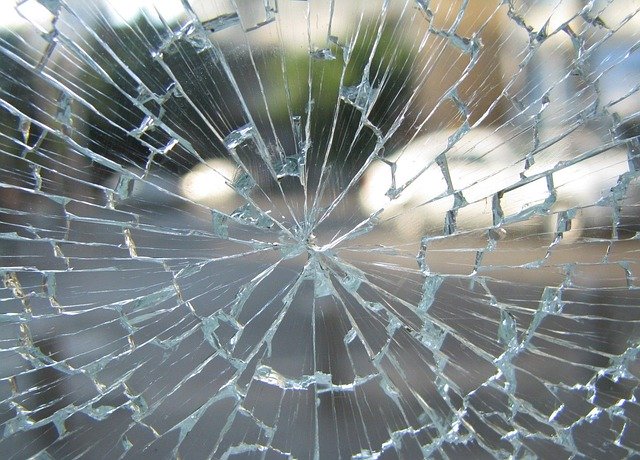
by Central Scanning | Jan 6, 2022 | Tips and Advice
Summary. To determine how strong 3D printed parts are, consider material choice and design. Materials like PLA, ABS, and nylon vary in strength. Pairing the right material with proper design and print settings optimises strength. How strong 3D printed parts are...
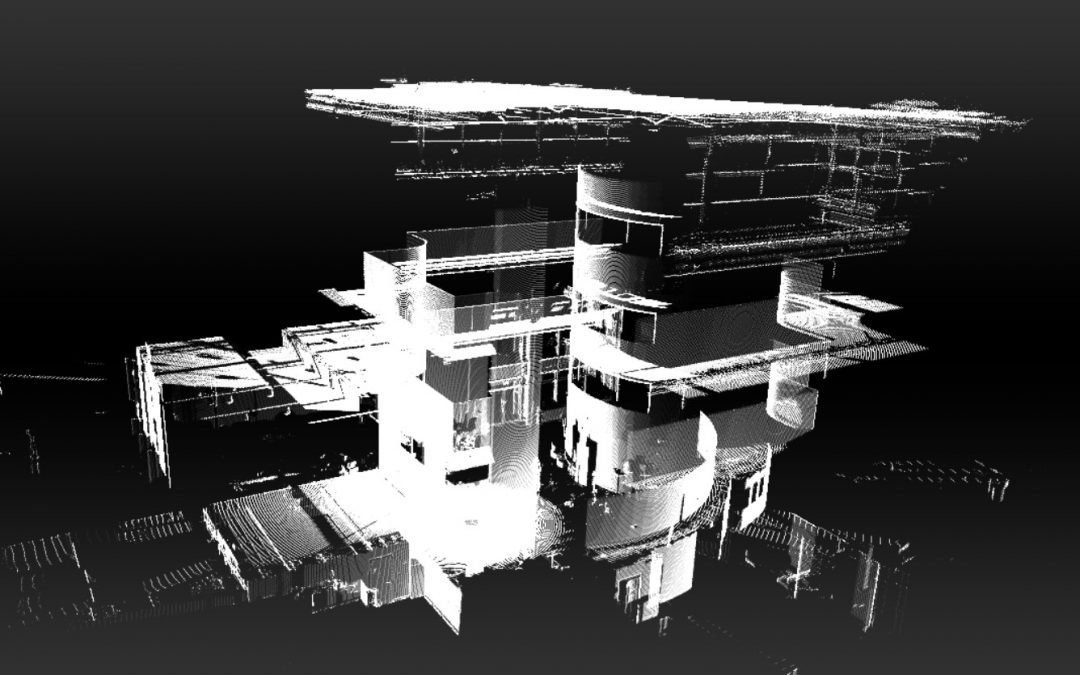
by Artec 3D | Oct 26, 2021 | News, Tips and Advice
Summary. 3D printing large objects is transforming industries, from aerospace to energy. By bonding parts, massive prints maintain strength. Large-scale 3D scanning, like capturing entire plant rooms, offers unparalleled detail and accuracy. Connect for all large 3D...
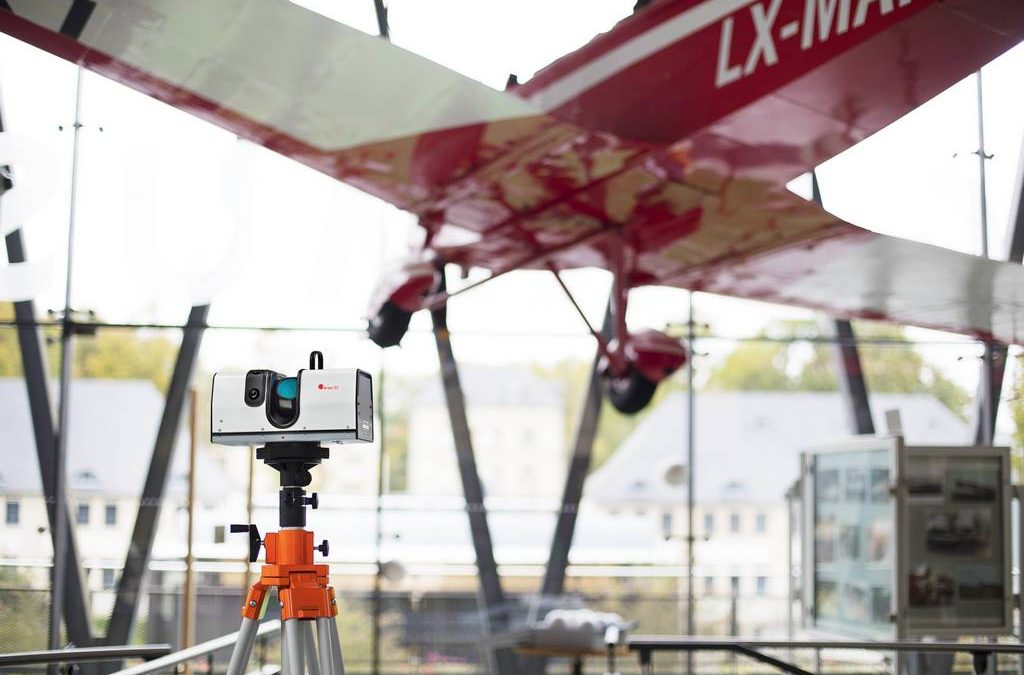
by Central Scanning | Sep 30, 2021 | Tips and Advice
Summary. Laser Scanning is a non-damaging 3D technique offering precise digital models for sectors like aerospace and medical. What Is Laser Scanning? It is an essential part of modern 3D printing. Laser scanning involves the use of lasers to survey and produce a...
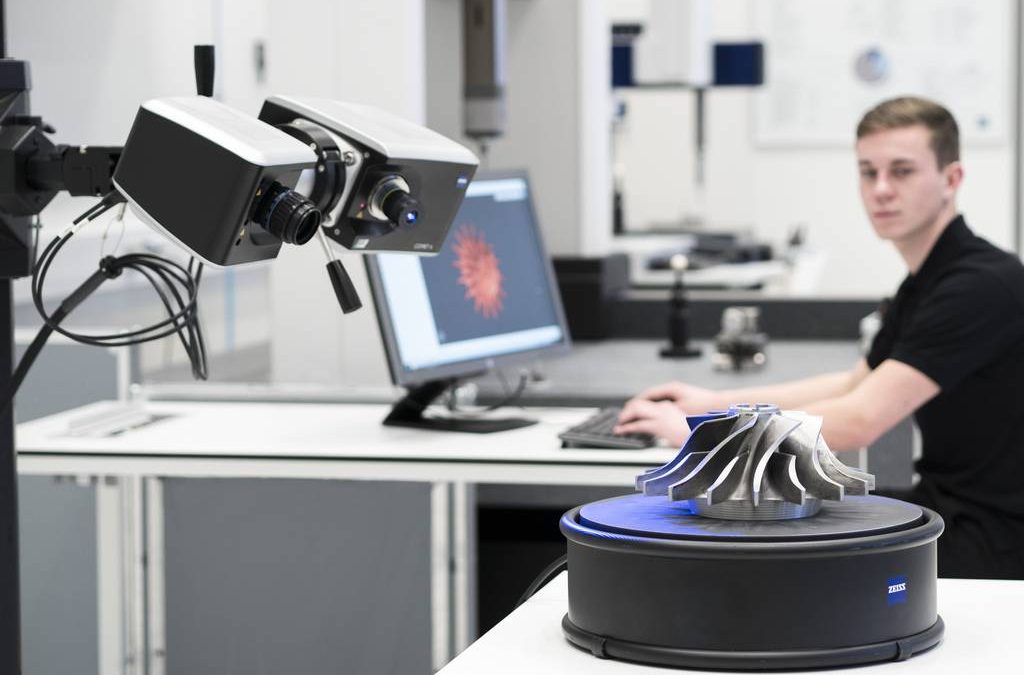
by Central Scanning | Sep 20, 2021 | Tips and Advice
Summary. We offer advanced 3D scanners for reverse engineering, serving diverse sectors like aerospace and medical. With top-tier software like Geomagic, we transform parts to CAD models, improving designs and producing high-quality components. Our expertise spans...










Recent Comments